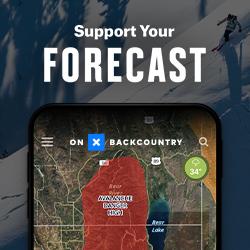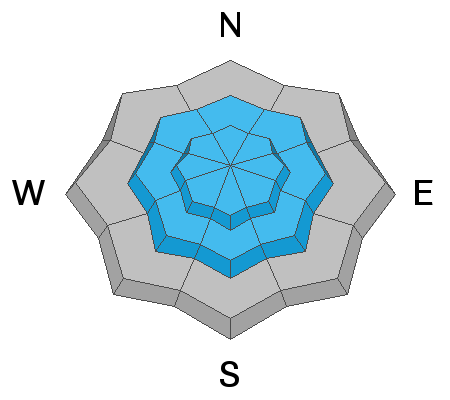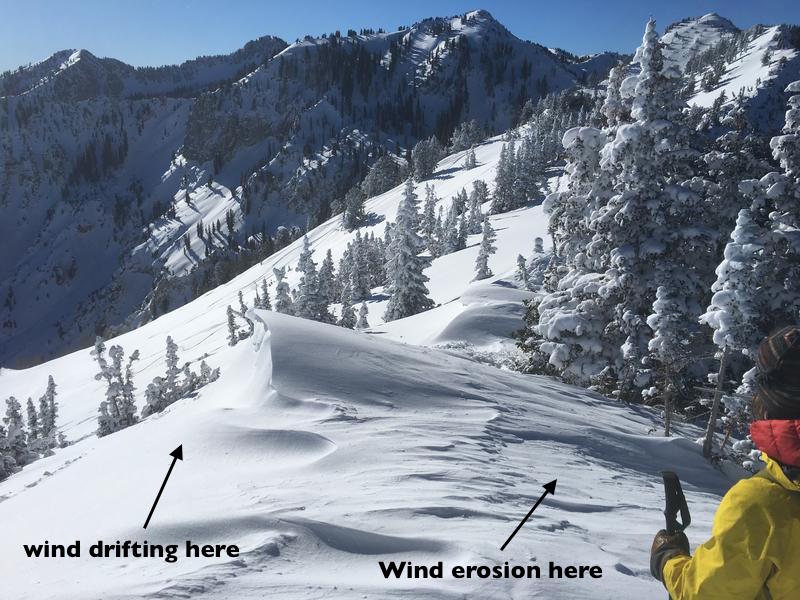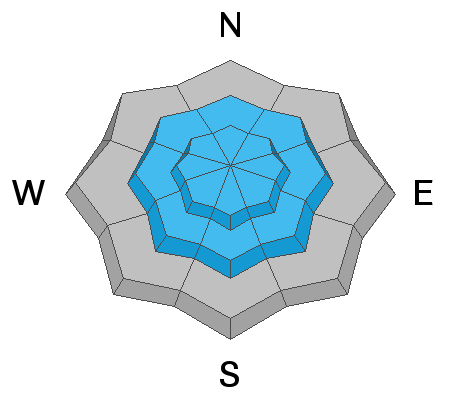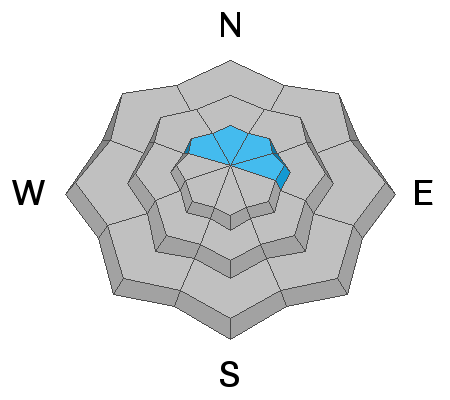Forecast for the Salt Lake Area Mountains

Issued by Evelyn Lees on
Wednesday morning, January 2, 2019
Wednesday morning, January 2, 2019
Today the avalanche danger is MODERATE on steep mid and upper elevation slopes where slabs of wind-drifted snow can be found on all aspects because of various wind directions in the past week. The most recent drifts are obvious, but others are hidden beneath the snow. Wind-sheltered slopes have excellent skiing and riding, where the main issue is sluffing of the new snow in steep terrain.
Isolated locations with a thin snowpack could have avalanches that break near the ground, mostly likely where they have a new load of wind drifted snow

Low
Moderate
Considerable
High
Extreme
Learn how to read the forecast here



